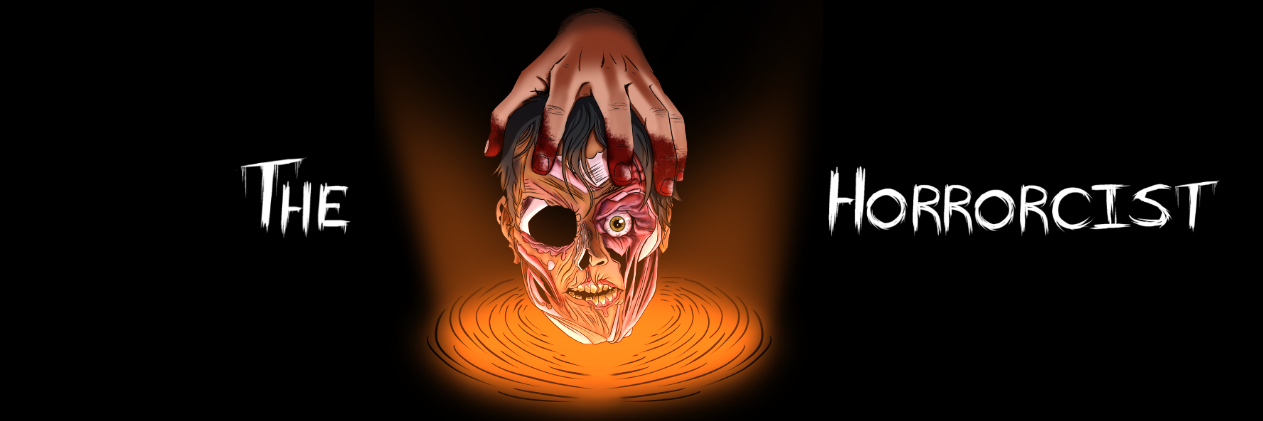The Lighthouse
Written by Paul Bryant, Chris Crow, and Michael Jibson
Directed by Chris Crow
Review by David Pitt

True story: in 1801, two lighthouse keepers were stranded on a small rocky island in The Smalls, a collection of similarly small and rocky islands off the coast of Wales. A terrible and seemingly never-ending storm left the two men, Thomas Griffiths and Thomas Howell, essentially trapped in their lighthouse quarters for several weeks, until Griffiths died. Fearing he would be accused of murder, Howell kept the body inside the lighthouse with him, until the body began to decompose. He then put the body into a makeshift coffin and attached that to the outside of the lighthouse. In the storm, the coffin slammed once too many times against the lighthouse, and Griffiths’ hand slipped out. At some point after that – presumably because you can only listen to the sound of a dead man’s hand knocking on your window so many times – Howell began his descent into insanity.
The Lighthouse is a wonderful dramatization of the ordeal. Mark Lewis Jones plays Griffiths, a lighthouse keeper like his father and grandfather before him, a crusty, no-nonsense, rather intimidating fellow; Michael Jibson, who also co-wrote the script, is Howell, younger and less experienced, a spiritual man who believes everything that happens is God’s will.
The movie takes its time establishing the relationship between the two men, which starts off as coldly cordial and evolves into something more than a working relationship but less then a friendship. It’s not the ideal situation to find common ground with someone who is in most ways utterly unlike you, being cooped up in a small room with a storm raging outside, but they find a level of peace and cooperation. And then Griffiths dies.
Whether Griffiths really died the way the movie says he did, or the way other commentators on the Smalls Island tragedy have suggested, doesn’t matter. What matters is this: Howell is on his own now, cut off from the entirety of the world, with the constant noises of the storm now punctuated by the relentless pounding of Griffiths’ coffin, suspended by a strong rope, slamming against the side of the lighthouse, and if you don’t think all of that might drive a good man insane, well, we’ll have to agree to disagree.
This is a great-looking movie. The set design is exquisite: the lighthouse quarters are tiny, dimly-lit, claustrophobic. The storm effects are beautifully executed. The costumes, the props – everything looks well-used and unlike something somebody made for a movie. The performances are remarkable, too, rich in nuance (you have to pay attention to the body language in this movie) and, when the moment calls for it, downright operatic.
I know Jones and Jibson are the stars of the movie – for most of its running time, they’re the only two people in it – but what stands out more than anything is the sound design. It’s splendid. A work of art. The sounds of the wooden furniture; the noises Griffiths makes when he eats; the particular thunk a bottle makes when Jibson slams it down on a table. The storm, as much a character in the movie as the lighthouse keepers, raging and then subsiding and then raging again. And the knock-knock-knock of poor, dead Griffiths’ hand on the window.
This isn’t a ghost story. It’s not what you might call a traditional horror story. But it’s atmospheric, and then spooky, and then frightening, and then terrifying. It’s about the horror of isolation, of being trapped with no avenue of escape, and for some of us that’s the worst horror of all.






